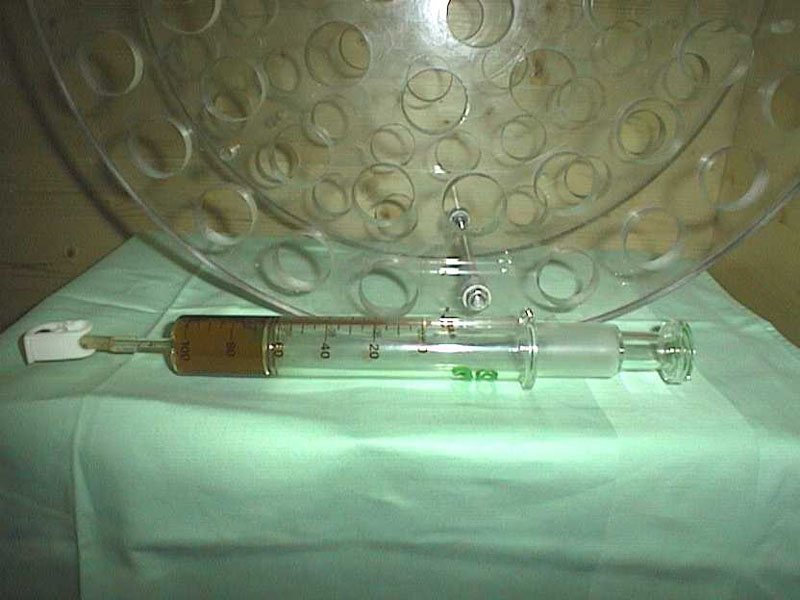The prerequisite for this development work are representative feed samples that reflect the individual feed categories and their feed value in Austria. In collaboration with the LK of the federal states and the Rosenau feed laboratory of the LK Lower Austria, systematic sampling will be carried out on farms over a period of four years (2016-2019), so that feed samples from the main feed categories from all federal states and the most important production areas are represented. For a regression analysis, it is crucial that there is a broad spectrum of feed quality (in the sense of content of structural substances, ie digestibility) within the feed categories. The feed categories are based on the importance of the feed for Austrian cattle farming:
meadow feed (as green fodder, silage and hay), 1st growth and subsequent growth
Field fodder (as silage), 1st growth and subsequent growth
Silage corn
Analysis of the following parameters:
Weender analysis (TM, XP, XL, XF, XX, XA)
Framework substances (NDF, ADF, ADL)
in vitro digestibility (ELOS, Tilley&Terry, HFT)
nXP content (modHFT)
Protein fractions of CNCPS (A, B1, B2, B3, C)
Fermentation quality (lactic acid, acetic acid, butyric acid, pH, NH3-N)
1. Carrying out energy assessment:
Depending on the availability of the analysis parameters, there are different ways of evaluating energy, with decreasing accuracy but also lower costs.
a. based on in vitro digestibility (GfE 2008): accurate, but expensive
b. based on regression equations that use the relationship between structural substances and digestibility. This relationship is derived from the data collected.
2. Carrying out protein assessment:
Since in the case of protein evaluation, in vivo experiments are only suitable for scientific questions in a few research institutes, the in vitro results from modHFT are to be viewed as the standard against which other auxiliary methods (such as CNCPS) are to be calibrated. The following procedure is therefore chosen to determine the content of nXP or UDP.
a. based on the in vitro results according to modHFT (Steingaß et al. 2001): not for routine examinations, as a calibration method for cheaper but less precise procedures
b. based on regression equations that use the relationship between nXP from the modHFT and the protein fractions according to the CNCPS as well as the protein content
c. based on regression equations that use the relationship between nXP from the modHFT and the protein content and the scaffolding substances.







